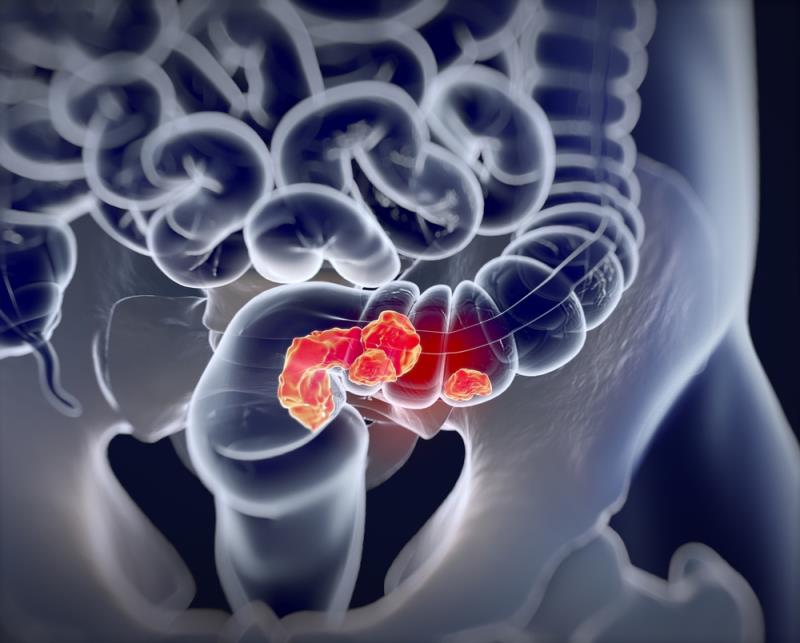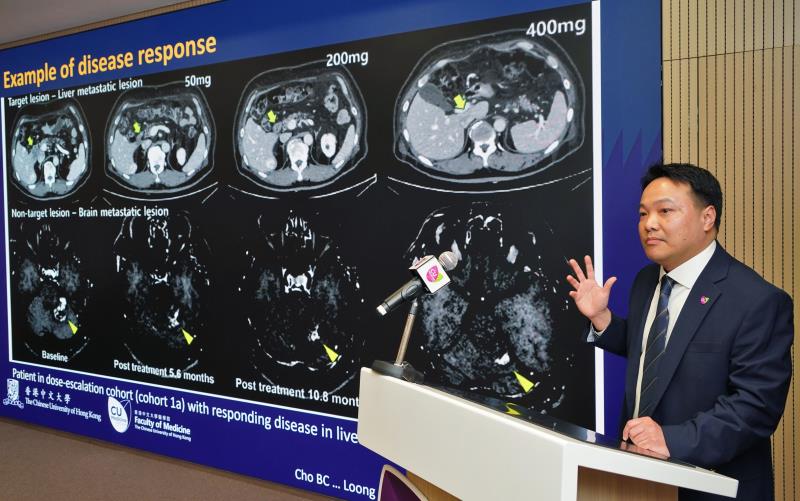Content on this page:
Content on this page:
Overview
Colorectal cancer is a carcinoma that arises from the
epithelial lining of the colon or the rectum. Rectal cancer is defined as
cancerous lesions located ≤15 cm from the anal margin (with rigid proctoscopy)
as stated in the Introduction
section.
Colorectal cancer is the third most common cancer worldwide,
accounting for 10% of all cancer cases. It is more common in males. Prevalence
of the disease regionally can be found in the Epidemiology
section.
Colorectal cancer is a multifactorial disease, with both
environmental and genetic factors. The development of colorectal cancer is discussed
in the Pathophysiology section.
The Risk
Factors section discusses the different factors that can
contribute to the development of colorectal cancer, some of which are age,
family history and history of inflammatory bowel disease. Risk stratification
is also in this section.
History and Physical Examination
The Clinical Presentation
section enumerates the manifestations of rectal, right-sided and left-sided
colonic lesions.
As stated in the Physical
Examination section, digital rectal examination (DRE) is an essential
part of assessing patients suspected to have colorectal cancer.
The primary goals of colorectal cancer screening
are prevention and early detection. The Screening
section discusses the tests done in screening the general population, patients
with inflammatory bowel disease, personal history of colorectal cancer or
cystic fibrosis, individuals with positive family history of colorectal cancer,
patients after surgical or endoscopic removal of adenomatous polyps or sessile
serrated polyps, special population (eg obese and smokers. Screening based on
risk stratification is also in this section.
Diagnosis
Tests to assess patients suspected of having colorectal
cancer are enumerated and discussed in the Laboratory
Tests and Ancillaries and
Imaging sections.
The Differential
Diagnosis section enumerates the diseases that may also present
with colorectal cancer, and these should be ruled out.
Management
The Evaluation
section mentions the revised tumors, nodes, and metastasis (TNM) and pathologic
stages of colorectal cancer proposed by the American Joint Committee on Cancer.
Staging evaluation methods are also discussed in this section.
The Pharmacological Therapy
section includes the discussion of drug options used in patients
with colorectal cancer, divided into neoadjuvant and systemic therapies. These
are also further divided based on whether the treatment is centered on colon
versus rectal cancer. Drug options for metastatic disease are also enumerated.
Surgery based on anatomic location and extent of disease is
an option for patients with colorectal cancer. Surgical techniques that can be
done are enumerated and elaborated in the Surgery
section.
Radiation therapy is recommended prior to, during, or after
surgery, depending on the status of the disease. Radiotherapy procedures for
unresectable nonmetastatic colon cancer, resectable nonmetastatic rectal
cancer, and metastatic colorectal cancer are discussed in the Radiation Therapy section.
Primary prevention methods for colorectal cancer such as
weight management, smoking cessation, etc are discussed in detail in the Prevention section.
Tests and assessments to be done in surveillance
of patients with colorectal cancer are in the Monitoring
section.












